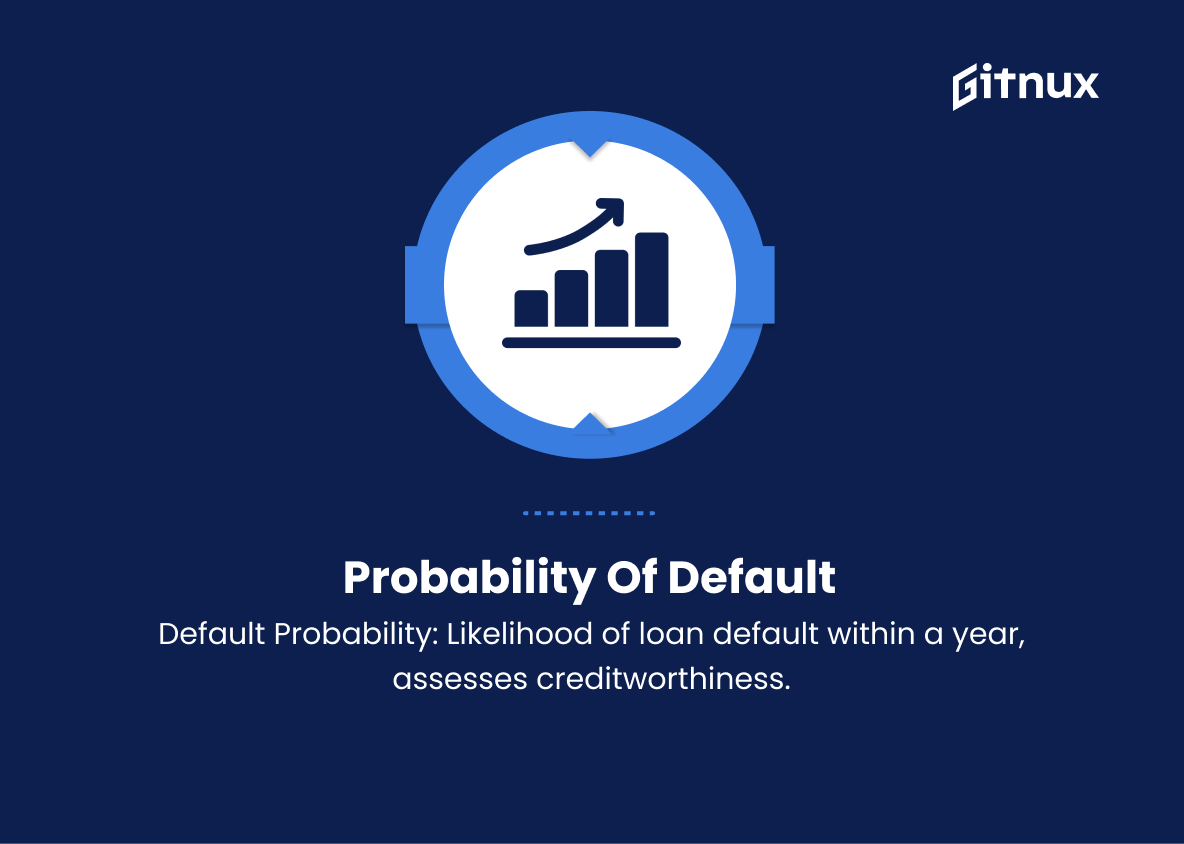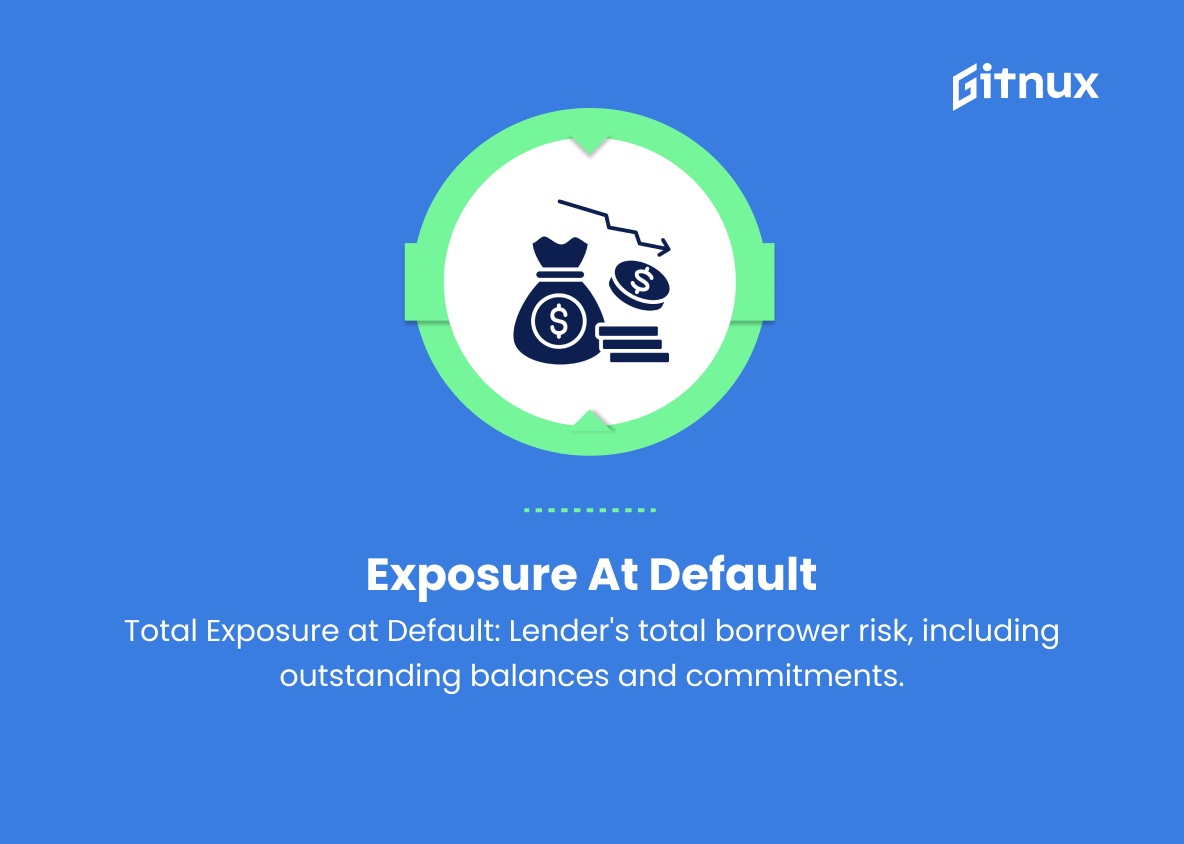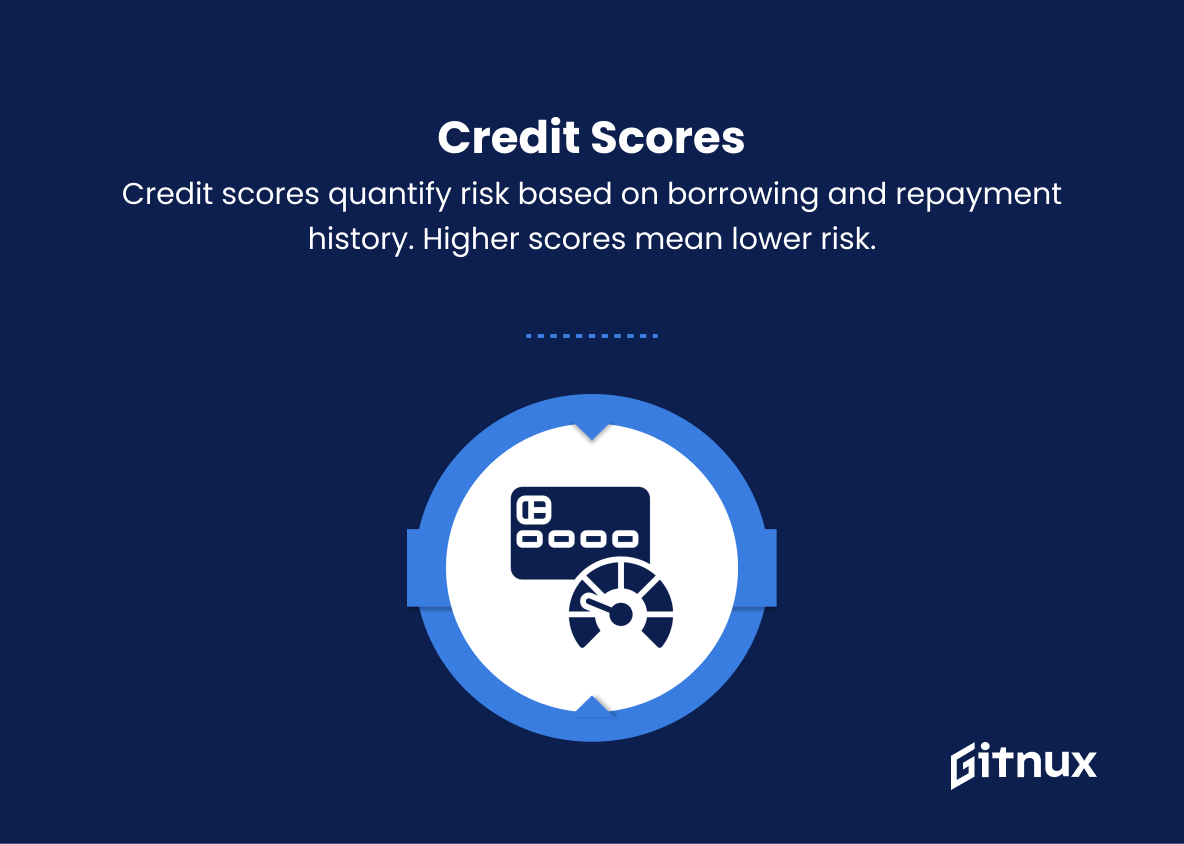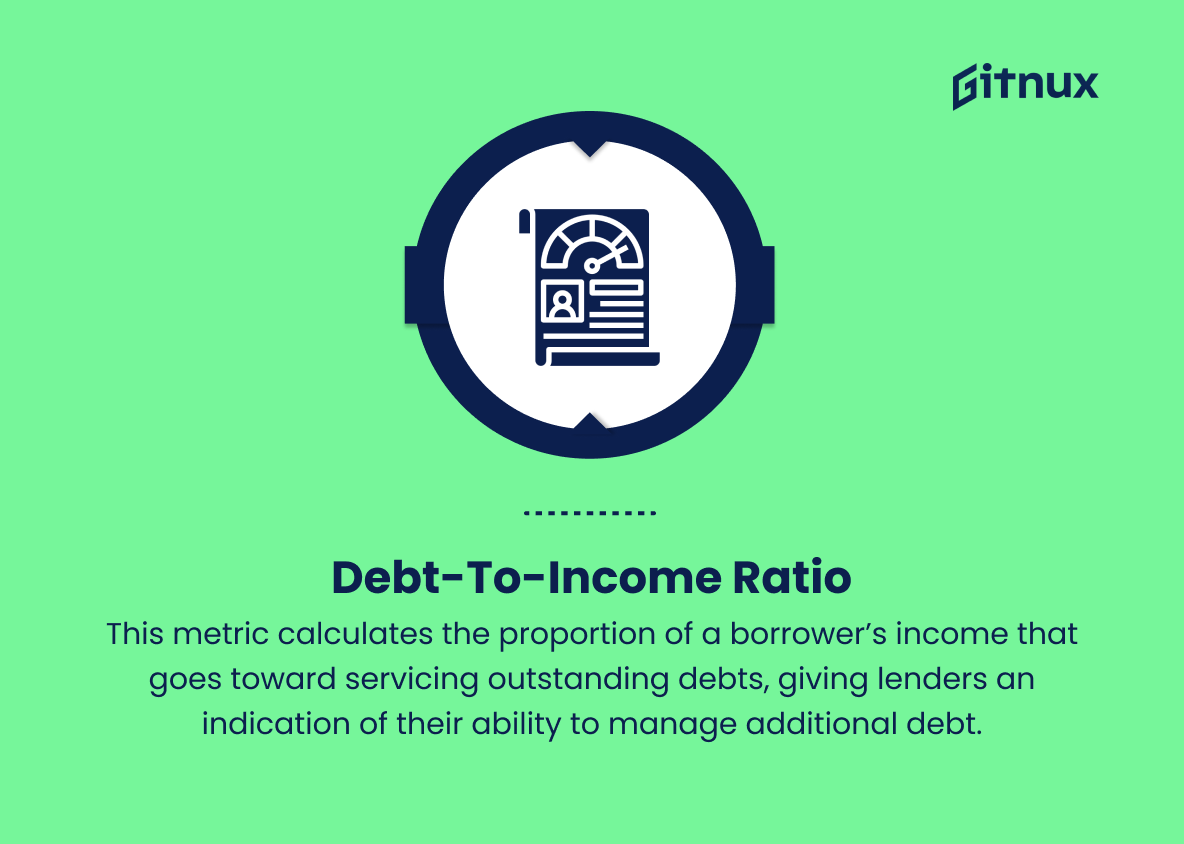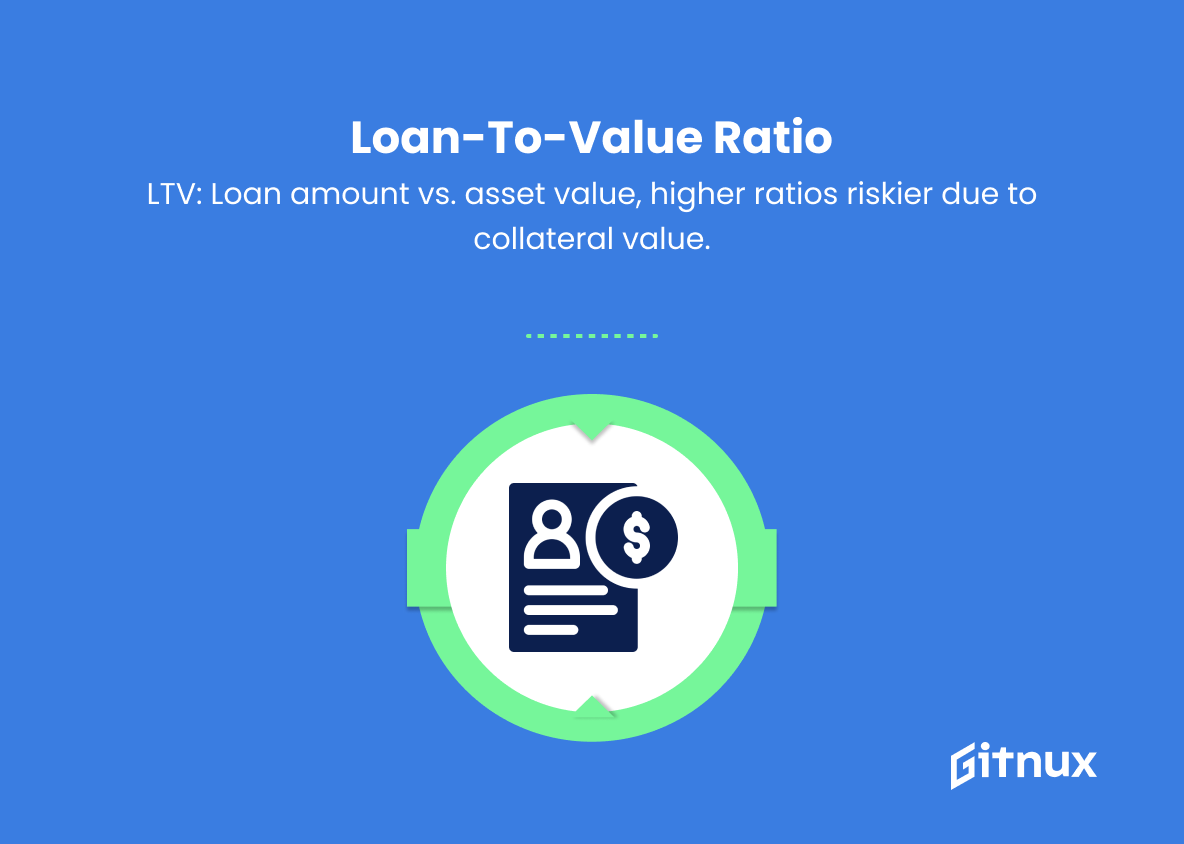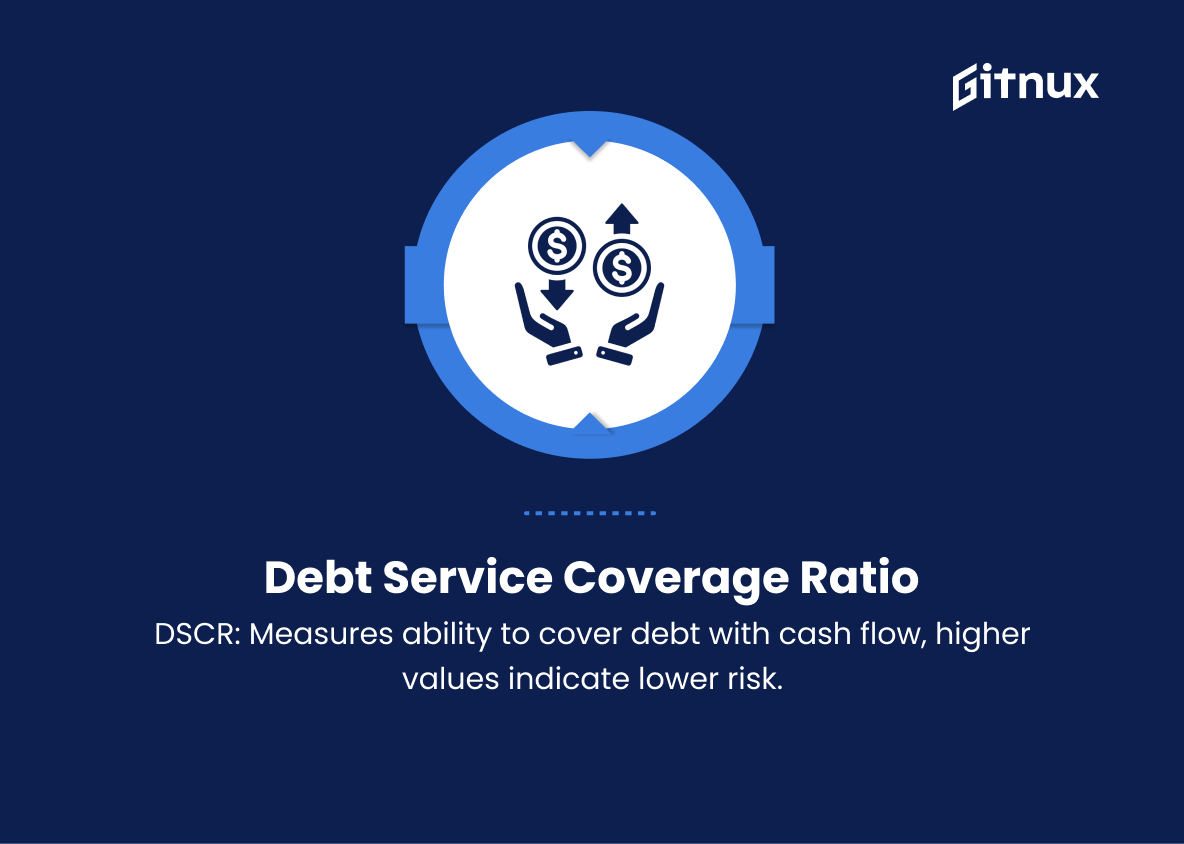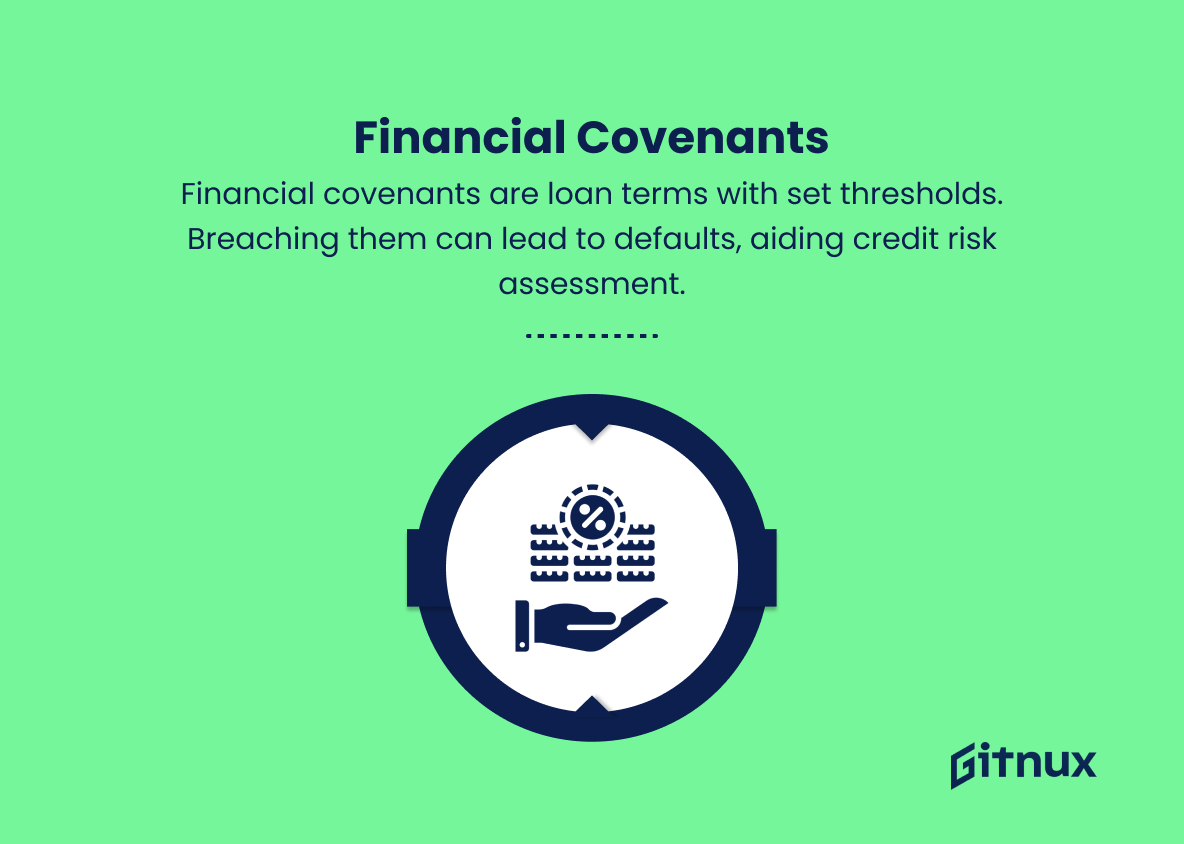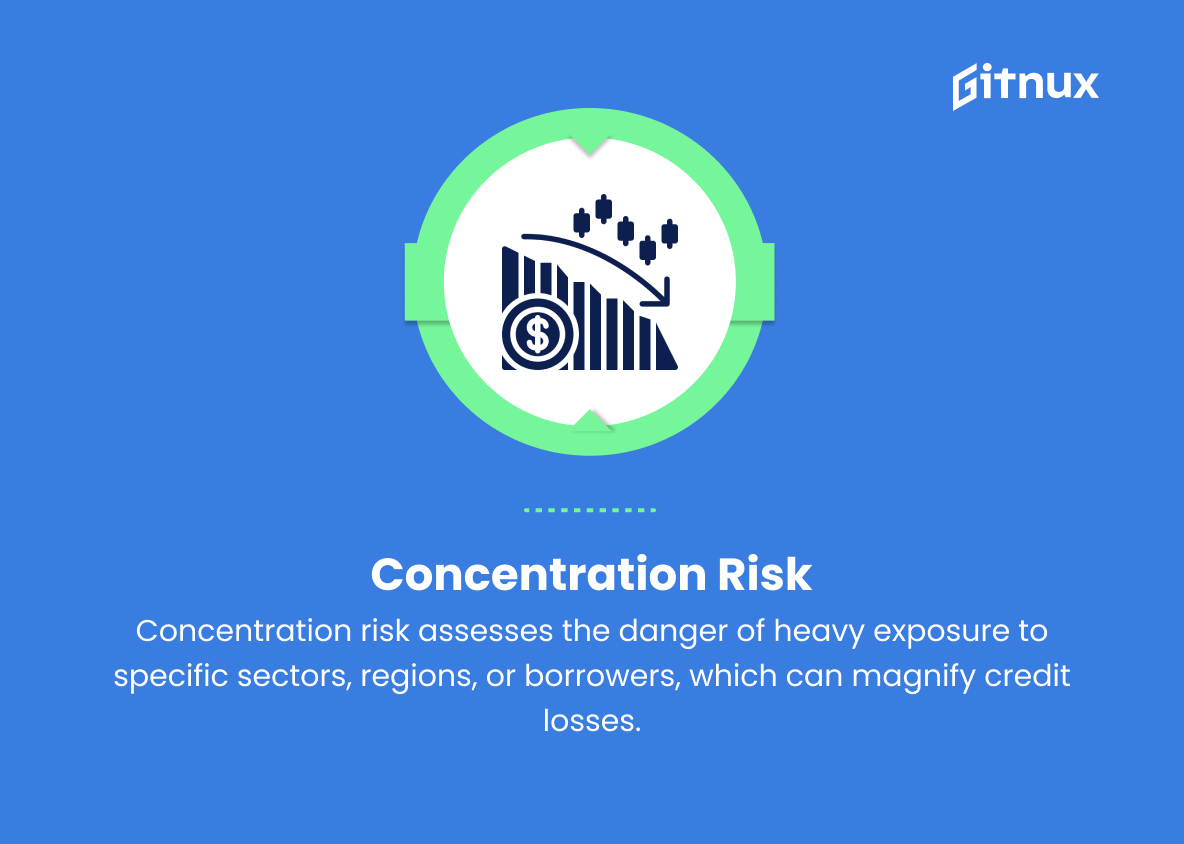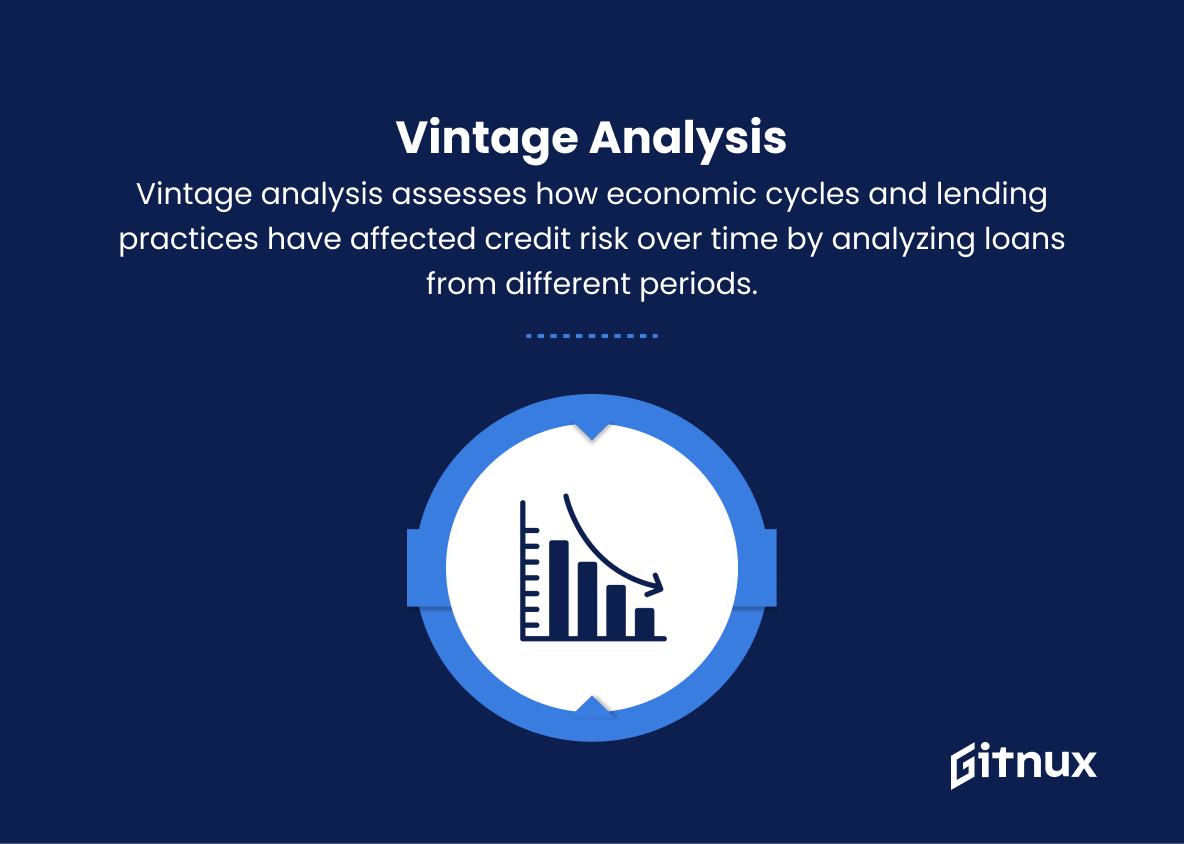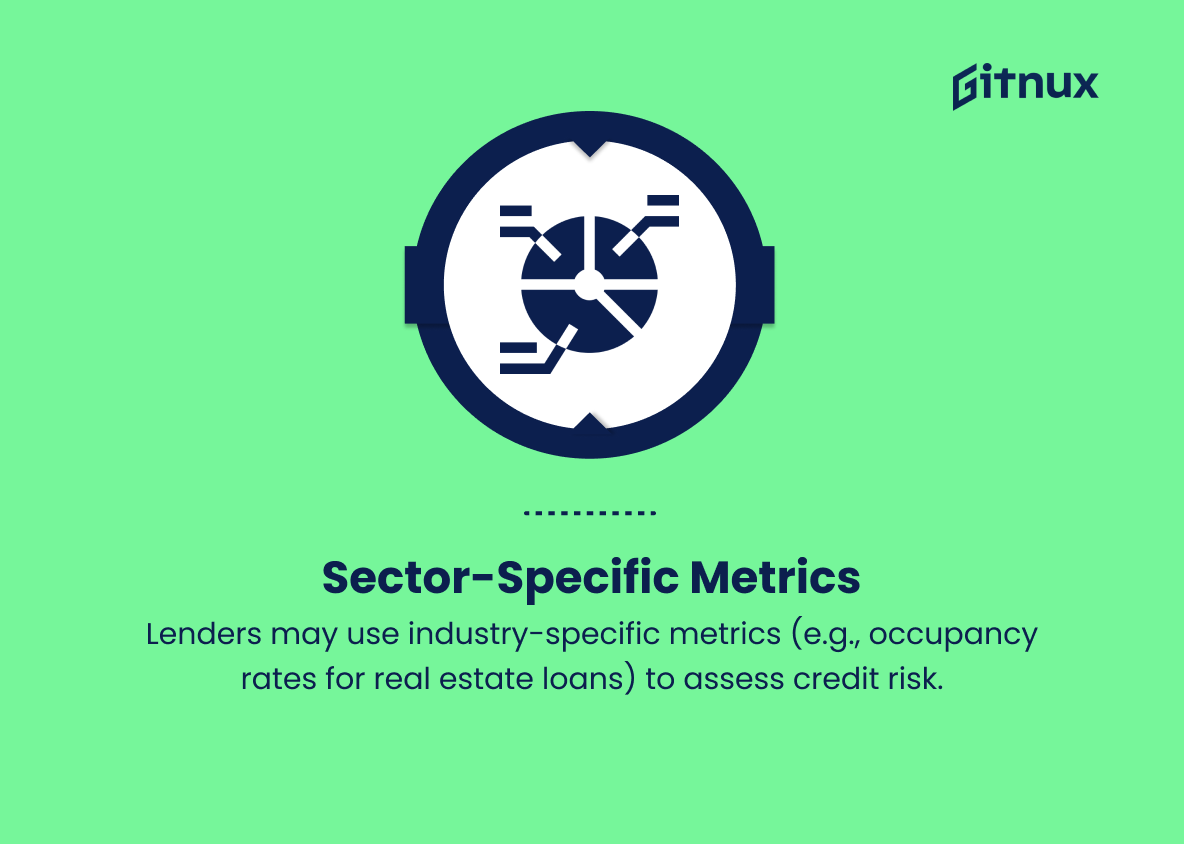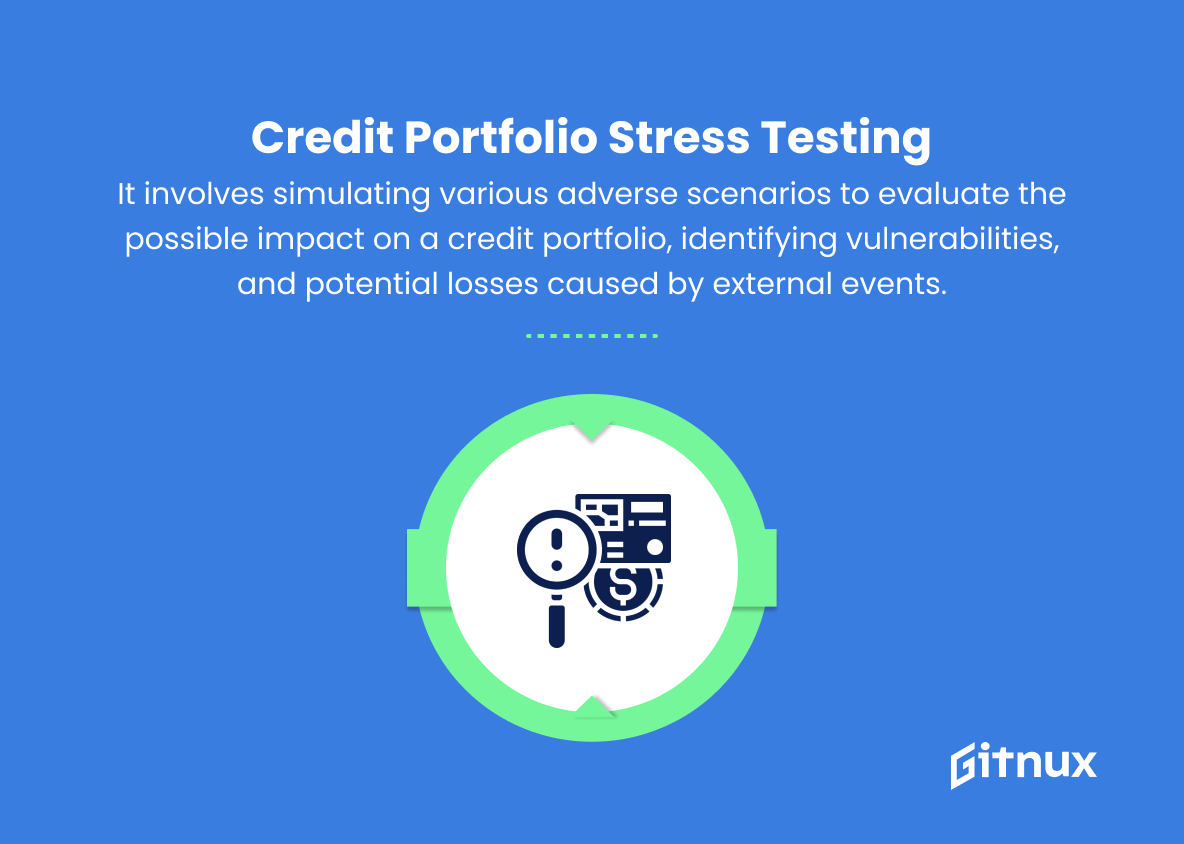In the ever-evolving landscape of banking and finance, credit risk management serves as a crucial pillar that helps institutions assess the creditworthiness of their clients, maintain economic stability, and minimize financial losses. For professionals and companies navigating this complex terrain, understanding and employing effective credit risk metrics is of paramount importance.
In this blog post, we will delve into the intricacies of these essential measurements, examining the various factors that define credit risk and outlining the methodologies that can be utilized to assess and mitigate potential hazards. By gaining a comprehensive understanding of credit risk metrics, industry leaders can safeguard their financial interests and foster a thriving, sustainable business environment.
Credit Risk Metrics You Should Know
1. Probability of Default (PD)
This metric evaluates the likelihood of a borrower defaulting on their loan obligations within a specific timeframe, usually one year. It helps institutions determine the creditworthiness of potential borrowers.
2. Loss Given Default (LGD)
LGD measures the potential loss a lender would incur if a borrower defaults. It’s calculated as the difference between the outstanding loan balance and the expected recovery amount from collateral or other sources after default.
3. Exposure at Default (EAD)
This metric represents the total exposure a lender has to a borrower at the time of default. It includes any outstanding loan balances, undrawn loan commitments, or any other credit-related obligations.
4. Credit Scores
Credit scores are used to quantify the credit risk of individuals or companies by using their past borrowing and repayment behavior, as well as other financial data. Higher scores typically indicate lower risk borrowers.
5. Debt-to-Income Ratio (DTI)
This metric calculates the proportion of a borrower’s income that goes toward servicing outstanding debts, giving lenders an indication of their ability to manage additional debt.
6. Loan-to-Value Ratio (LTV)
LTV compares the loan amount to the appraised value of the asset, usually property, used as collateral. Higher LTV ratios are associated with higher credit risks, as there is a higher likelihood of the collateral’s value becoming insufficient to cover the outstanding loan balance in case of default.
7. Debt Service Coverage Ratio (DSCR)
DSCR measures a borrower’s ability to meet their debt obligations through their available cash flow. A higher DSCR indicates a better ability to cover debt obligations and suggests lower credit risk.
8. Financial Covenants
Financial covenants are terms included in lending agreements that set specific financial thresholds the borrower must meet or maintain. Breaching these can lead to loan defaults, and monitoring these covenants helps lenders assess ongoing credit risks.
9. Concentration Risk
This metric evaluates the level of risk associated with having large exposure to specific industries, geographies, or borrowers. High concentration risk can amplify credit losses during economic downturns or adverse events affecting concentrated areas.
10. Vintage Analysis
Vintage analysis evaluates the performance of loans originated at different periods to assess how economic cycles, lending practices, and underwriting standards have impacted credit risk over time.
11. Sector-Specific Metrics
Depending on the industry, lenders may also consider specific metrics (e.g., occupancy rates for real estate loans, debt-to-capital ratio for corporate loans) to evaluate a borrower’s credit risk.
12. Credit Portfolio Stress Testing
It involves simulating various adverse scenarios to evaluate the possible impact on a credit portfolio, identifying vulnerabilities, and potential losses caused by external events.
These are some common credit risk metrics that institutions use to assess and manage the credit risk associated with borrowers. Each metric provides unique insights into different aspects of a borrower’s or a portfolio’s credit quality.
Credit Risk Metrics Explained
Credit risk metrics such as Probability of Default (PD), Loss Given Default (LGD), Exposure at Default (EAD), credit scores, Debt-to-Income Ratio (DTI), Loan-to-Value Ratio (LTV), Debt Service Coverage Ratio (DSCR), financial covenants, concentration risk, vintage analysis, sector-specific metrics, and credit portfolio stress testing are crucial for institutions to assess and manage the credit risk associated with borrowers.
These metrics provide unique insights into different aspects of a borrower’s or a portfolio’s credit quality, helping lenders understand the likelihood of default, potential losses, debt management ability, adherence to financial covenants, and exposure to concentrated risks. By monitoring these metrics, institutions can make informed lending decisions, mitigate credit risk, and maintain the financial stability of their credit portfolios.
Conclusion
In conclusion, credit risk metrics serve as invaluable tools for financial institutions, businesses, and investors to gauge the potential risks involved in lending or extending credit to various parties. By analyzing parameters such as the probability of default, exposure at default, loss given default, and credit scoring, stakeholders can make informed decisions and execute prudent risk management strategies.
Additionally, continuous monitoring and updating of these metrics will provide further clarity and adaptability to ever-changing market conditions. Ultimately, a strong understanding and application of credit risk metrics can help in safeguarding financial stability and sustainability, paving the way for long-term success in the world of credit and lending.
